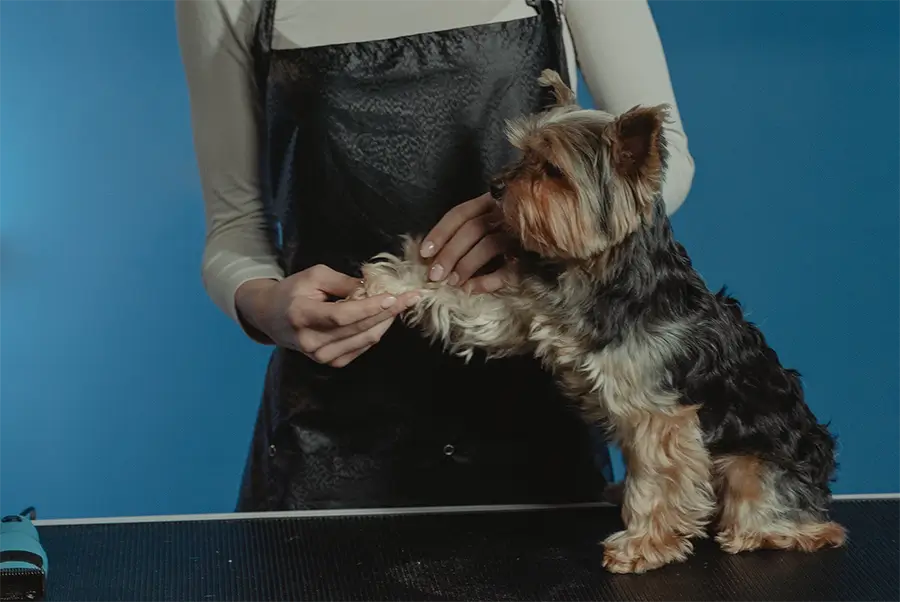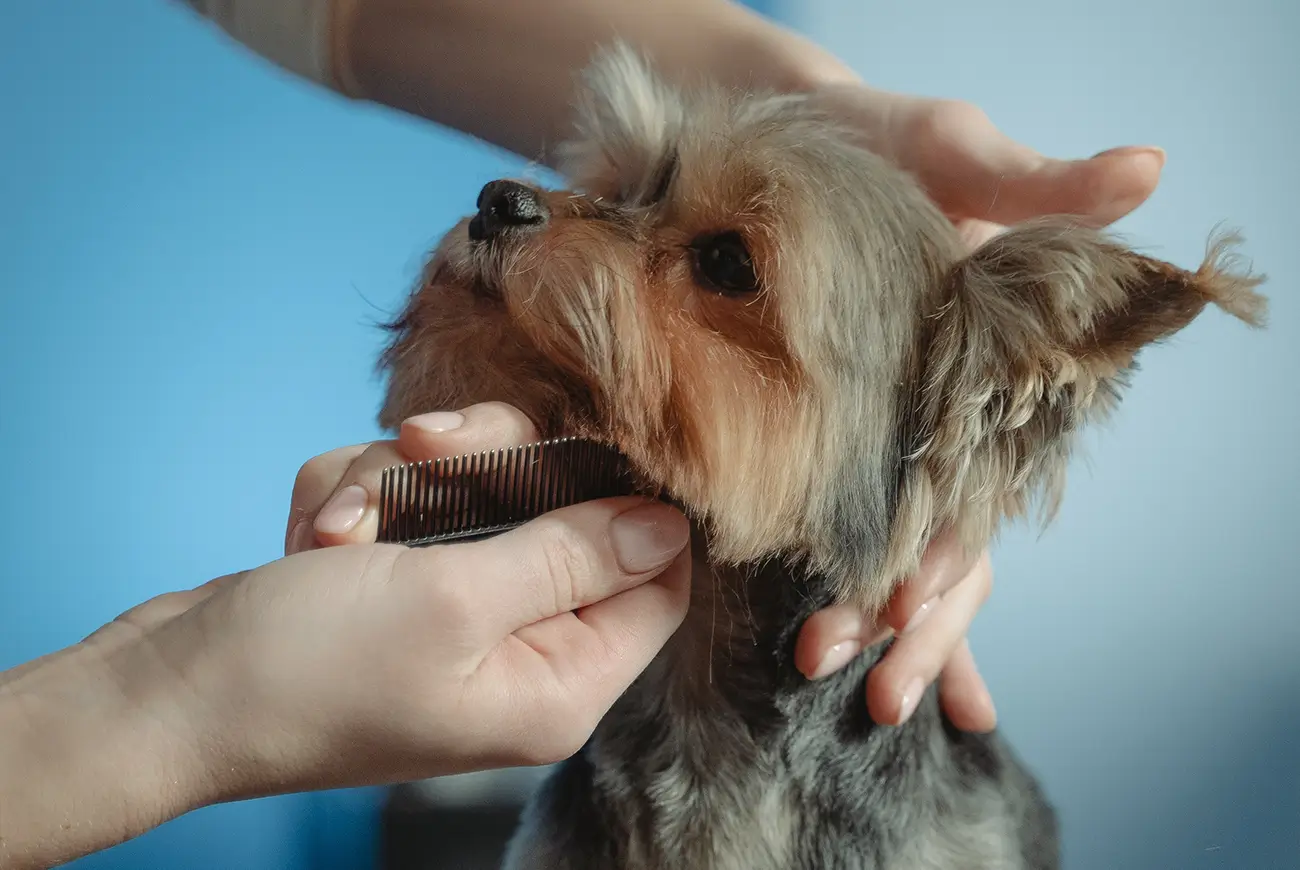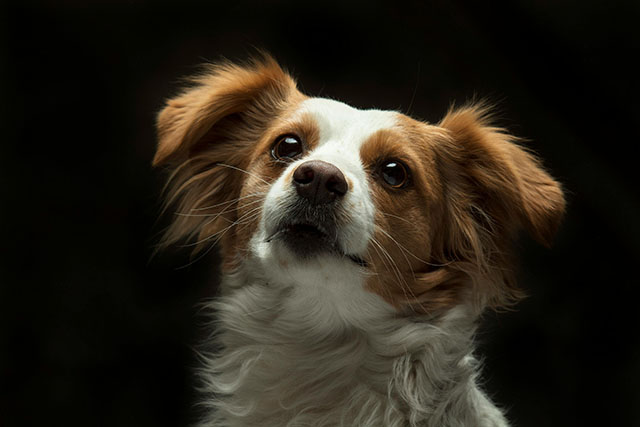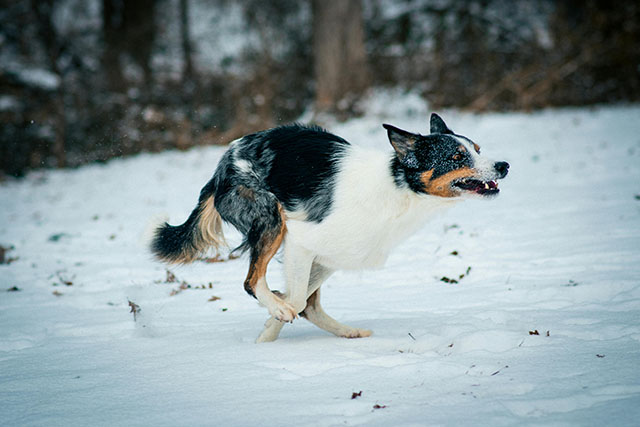Grooming your dog isn’t just about aesthetics; it’s a fundamental aspect of their overall health and well-being. At the heart of a solid grooming routine lies the practice of regular brushing. It’s a simple yet powerful way to maintain your furry friend’s coat and skin health. In this comprehensive guide, we will delve into the foundations of proper brushing, explore the essential tools, and address the nuances associated with various coat types. By the end, you’ll be well-equipped to ensure your dog’s hygiene and overall health through effective brushing techniques.
The Fundamentals of Proper Brushing
Let’s start with the basics: what does proper brushing entail? The core principle is to brush your dog’s coat from the skin outwards. This approach ensures that you not only remove surface debris but also tackle dirt, dust, and tangled hair lurking within the fur. Always initiate your brushing session at the head and gradually work your way down the body, paying close attention to any matting or tangles that require gentle untangling.
Choosing the appropriate brush is crucial, and it largely depends on your dog’s coat type. Here’s a breakdown:
- Wire-Pin or Slicker Brush: Ideal for dogs with long, thick coats, these brushes penetrate dense fur and effectively remove tangled hair.
- Boar-Bristle or Rubber Brush: Dogs with short, silky coats benefit from these brushes. They help distribute natural oils across the coat, promoting shine and health.
- Curry Comb: Suited for dogs with curly coats, curry combs efficiently remove dirt from the coat.
Brushing Techniques: The Right Pressure Matters
Brushing technique plays a pivotal role in your dog’s comfort and skin health. Applying excessive pressure can lead to friction, skin irritation, and potential injury. If your dog flinches or exhibits discomfort during brushing, it’s a clear sign that you’re exerting too much force. Instead, opt for gentle, slow, and even strokes to address tangles and debris with care.
Selecting the Right Shampoo and Conditioner
Shampooing your dog is a vital aspect of coat and skin maintenance. The type of shampoo you choose should align with your dog’s specific needs. Let’s explore some shampoo formulations and their purposes:
- Medicated Shampoo: Ideal for dogs prone to infections or skin issues.
- Color-Enhancing Shampoo: Perfect for light-colored coats, enhancing their appearance.
- Coat-Specific Shampoo: Tailored to your dog’s coat type, these formulations promote health and shine.
After shampooing, ensure thorough rinsing with warm water, avoiding excessive heat, which can irritate your dog’s skin. Consider using a conditioner or detangler post-shampoo to facilitate brushing, enhance coat gloss, and maintain overall health.
Post-Bath Brushing: Adapting to Coat Type
Once your dog’s coat has dried, resume brushing, tailoring your approach to their specific fur type:
- Long, Thick Coats: Employ a brush designed for dense fur, brushing in the direction of hair growth, starting at the head and proceeding down the body. Utilize gentle, even strokes for several minutes to evenly distribute natural oils, promoting a healthy sheen.
- Short, Silky Coats: Opt for a boar-bristle or rubber brush, brushing in the direction of hair growth, following the same pattern from head to body.
- Curly Coats: Continue using a curry comb to maintain cleanliness and coat health.
Nail Trimming: Don’t Neglect It

Regular nail trimming is paramount for your dog’s comfort and well-being. Overgrown nails can lead to injury and discomfort. Employ pet nail trimmers or grooming clippers to maintain the ideal nail length, avoiding any potential harm or pain for your pup.
Conclusion: Elevating Canine Hygiene and Health
In conclusion, proper brushing techniques and tools are the cornerstone of maintaining your dog’s coat and skin health. With the right approach, you’ll ensure your pup enjoys a shiny coat, healthy skin, and overall well-being. Regular brushing is essential, and it’s crucial to tailor your brushing routine to your dog’s unique coat type and specific needs. By following these guidelines, you’ll not only enhance your dog’s hygiene but also strengthen the bond between you and your cherished furry companion. Grooming is not just a chore; it’s an opportunity for quality time and care between you and your loyal friend.
Jessica is a veterinary medicine student who is passionate about animals. Living with her cherished dog, Milo, deepens her understanding of the human-animal connection, enhancing her empathy as a future veterinarian.
Jessica’s concise articles reflect her dedication to improving the lives of animals and those who care for them, making her an inspiring figure in the pet care field.




